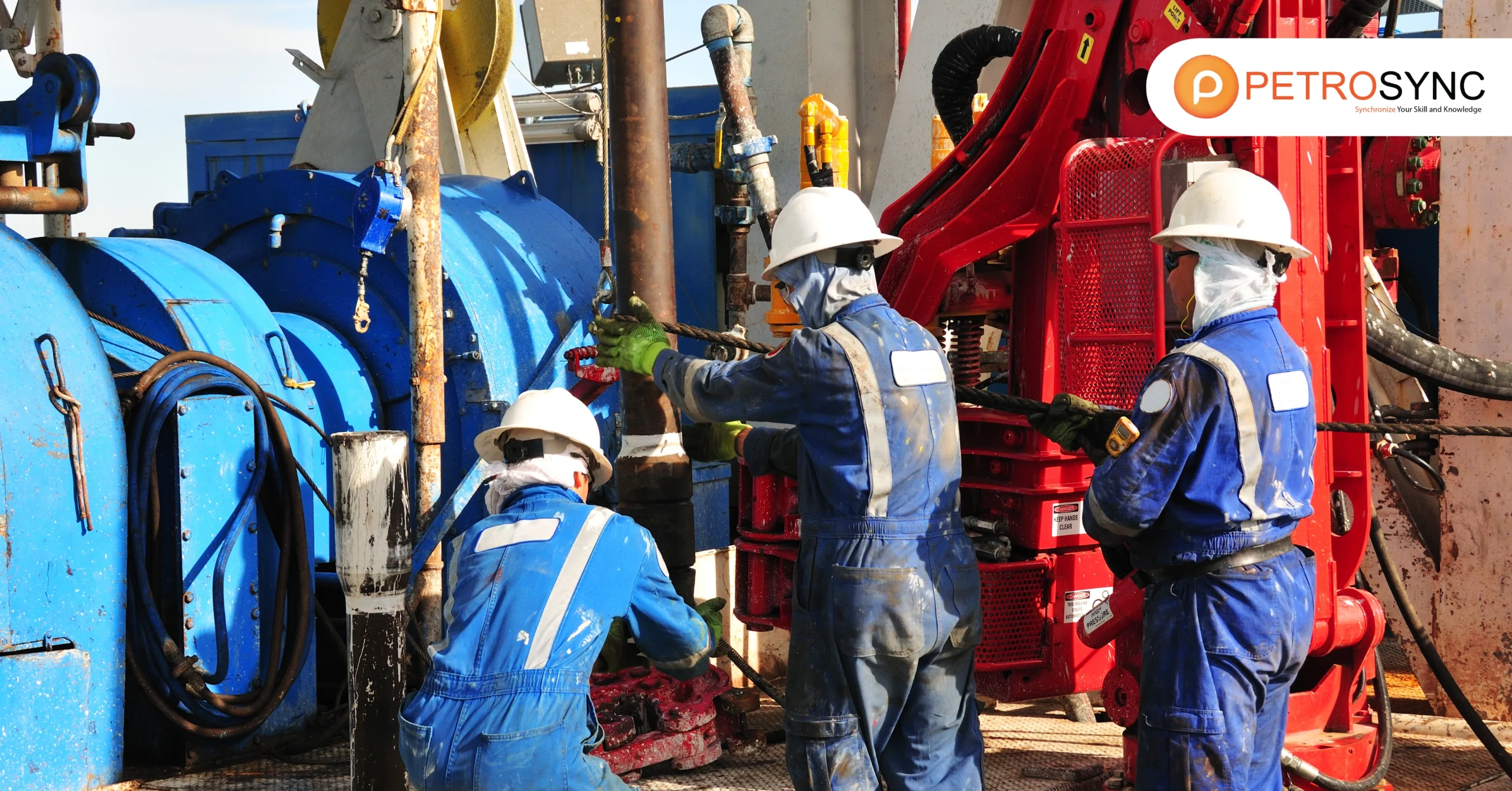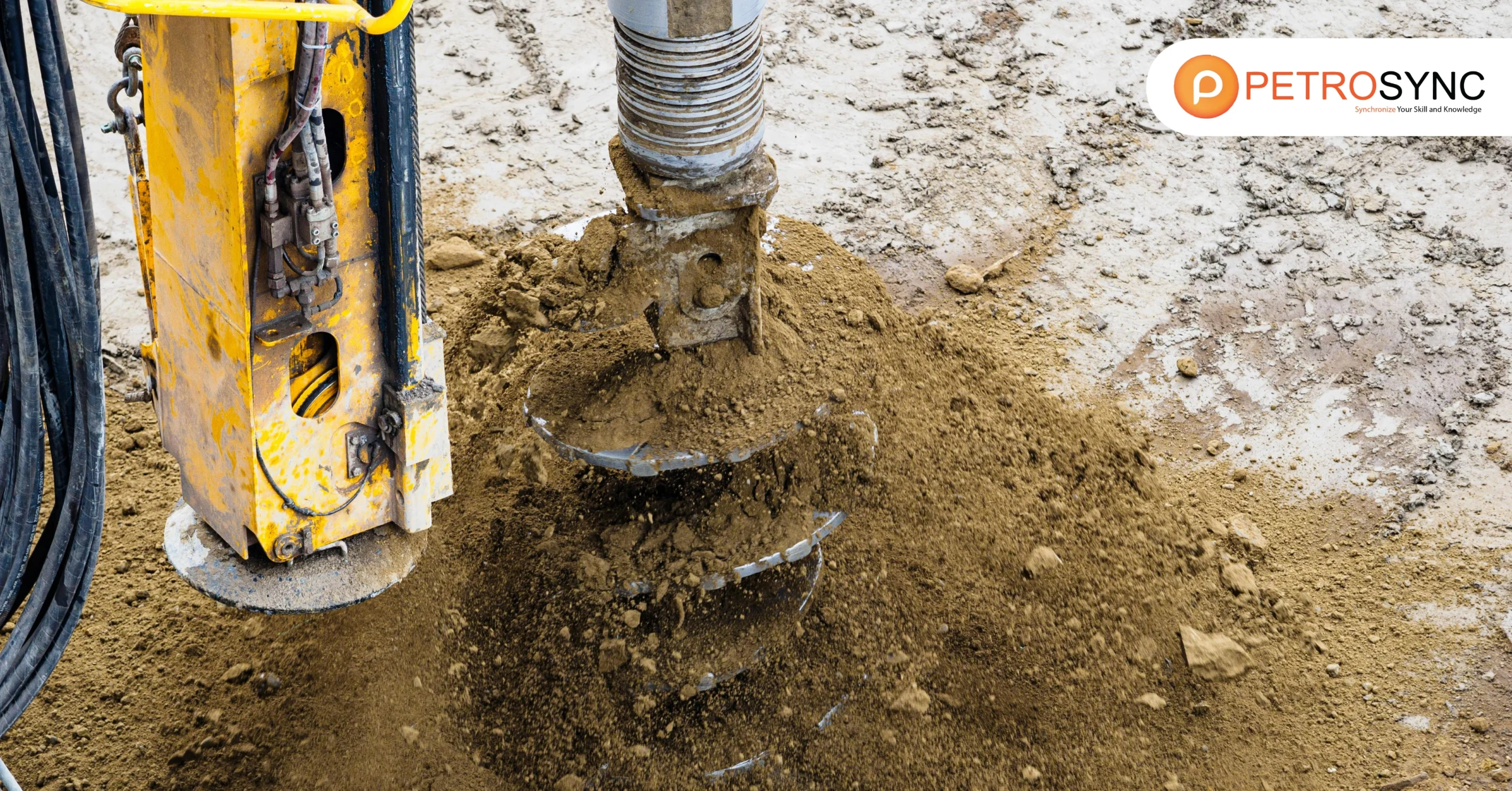Embarking on a successful drilling project requires careful planning, and at the core of this planning is the drilling program—a detailed roadmap outlining key details for equipment selection and risk management. In this article, we delve into the importance of drilling plan and guide you through creating an effective one, essential for operational success.
What Is A Drilling Plan?
A drilling plan is a detailed strategy or roadmap developed before starting a drilling project. It serves as a guide for the entire drilling operation, outlining the essential steps and considerations to achieve success. This plan typically includes aspects such as site analysis, equipment selection, safety protocols, and operational procedures.
In simpler terms, it’s like a blueprint that helps ensure drilling is done efficiently and safely. By carefully planning every aspect of the process, from where to drill to how to handle potential challenges, a drilling plan maximizes the chances of a successful and smooth drilling operation.
How Do I Create A Drilling Completion Plan?
Creating a drilling completion plan is a structured process that involves several key steps. Let’s explore each step in detail to guide you through the creation of an effective drilling completion plan.
1. Define the Objectives
Begin by clearly outlining the goals of your drilling completion plan. Identify what you aim to achieve with the completion process. Whether it’s ensuring well integrity, maximizing production, or meeting regulatory requirements, defining objectives sets the direction for the entire plan.
2. Select the Completion Type
Carefully choose the type of completion that aligns with your objectives. Consider factors such as reservoir characteristics, wellbore conditions, and production expectations. Common types include open hole, cased hole, and through-tubing completions. The selection will influence subsequent steps in the plan.
3. Design the Completion Components
Once the completion type is determined, design the components accordingly. This involves selecting the appropriate casing, tubing, and packer configurations. Factor in reservoir pressures and temperatures to ensure the components can withstand the conditions they’ll encounter downhole.
4. Plan the Completion of Operations
Create a detailed plan for executing the completion. Break down the operations into sequential steps, considering logistical aspects, equipment requirements, and safety protocols. This step is crucial for a smooth and efficient completion process, minimizing downtime and optimizing resource utilization.
5. Test the Completion System
Before proceeding with the actual completion, conduct thorough testing of the selected components and the overall system. This step ensures the reliability and functionality of the completion tools. Address any issues or discrepancies discovered during testing to avoid complications during the implementation phase.
6. Document and Communicate the Completion Plan
Document the entire drilling completion plan comprehensively. This documentation serves as a reference for all involved parties and facilitates clear communication. Include technical specifications, operational procedures, and safety guidelines. Communicate the plan to the drilling team, relevant stakeholders, and any personnel involved in the execution.
By meticulously following these steps, you establish a robust drilling completion plan that not only meets your objectives but also ensures the safety and efficiency of the entire operation.
What Is A Drilling Plan?
A drilling program, namely drilling plan, is a meticulously organized strategy encompassing the specific details and steps crucial for drilling operations. This comprehensive plan not only serves as a roadmap for the entire drilling process, defining aspects like drilling locations, equipment usage, and safety measures but also extends to a formal proposal submitted to the government.
This proposal outlines key details of the planned drilling project, such as its purpose, location, environmental considerations, and adherence to regulations. Essentially, the drilling program functions both as a strategic guide for efficient drilling activities and as a formal request for government authorization before initiating the project.
How Do I Apply for Drilling Plan and Program Approval?
Before initiating the drilling program approval process, it’s essential to understand that the drilling program outlines all operational aspects of the proposed drilling, completion, and testing of a well. Below, we provide the common drilling program approval cited from eCFR.
Step 1 Gather Detailed Information
Gather comprehensive details on equipment, materials, and procedures you intend to use for the drilling project.
Step 2 Prepare the Drilling Program Proposal
Create a drilling program proposal including the following:
|
No. |
Information Required |
| 1. | Detailed description of equipment, materials, and procedures. |
| 2. | Proposed or anticipated depth of the well. |
| 3. | For directional drilling: proposed bottom hole location, kick-off point, direction of deviation, angle of build-up, and maximum angle. |
| 4. | Casing and cementing program. |
| 5. | Circulation media (mud, air, foam, etc.). |
| 6. | Description of the logs that will be run. |
| 7. | Description and diagram of blowout prevention equipment for each drilling phase. |
| 8. | Expected depth and thickness of fresh water zones. |
| 9. | Anticipated lost circulation zones. |
| 10. | Anticipated reservoir temperature and pressure. |
| 11. | Anticipated temperature gradient in the area. |
| 12. | Plat certified by a licensed surveyor showing surveyed surface location and distances from nearest section or tract lines. |
| 13. | Procedures and durations of well testing. |
| 14. | Any additional information required by the regulatory body (BLM in this case). |
Step 3 Submission to BLM
Submit the prepared drilling program proposal to the Bureau of Land Management (BLM) in your region. Ensure that all required information is included for a thorough review.
By following these steps and providing comprehensive details, you enhance the likelihood of obtaining approval for your drilling program from the relevant regulatory authorities.
What Other Things To Consider for Drilling Plan and Program?
There are several factors that you need to consider when creating a drilling program:
1. Costs
Consider the financial aspects of your drilling program. Account for expenses related to equipment, materials, labor, and unforeseen circumstances. Create a detailed budget to ensure that your drilling project remains economically viable and within financial constraints.
2. Timings
Evaluate the time required for each phase of the drilling program. Factor in potential delays due to weather conditions, equipment malfunctions, or unforeseen challenges. Establish a realistic timeline to manage expectations and facilitate efficient project coordination.
3. Risk Assessments
Conduct a thorough risk assessment to identify potential challenges or hazards associated with the drilling program. This includes geological risks, equipment failures, and environmental factors. Develop strategies to mitigate these risks and enhance the overall safety and success of the drilling operations.
4. Contingency Planning
Anticipate and plan for unexpected events by creating contingency plans. Outline alternative courses of action for potential issues, such as equipment breakdowns or adverse weather conditions. Having contingency plans in place ensures that your drilling program can adapt to unforeseen circumstances, minimizing disruptions and maintaining project momentum.
A drilling program stands as a pivotal element in drilling preparation, serving as a meticulously crafted plan that outlines the specific steps, details, and considerations essential for the success of a drilling project. It encompasses crucial aspects such as equipment usage, safety measures, and operational strategies.
By providing a comprehensive roadmap, the drilling program ensures that every facet of the drilling process is well-defined and contributes to the overall success of the project. It acts as a guide for efficient operations, aiding in cost management, risk assessment, and timely completion. Essentially, the drilling program is a proactive approach that enhances safety, efficiency, and the likelihood of achieving the intended objectives in drilling activity.
Join the Best – PetroSync Training for Oil & Gas Professionals
Recognizing the crucial role a well-thought-out drilling program plays in ensuring the success of drilling projects, PetroSync encourages you to explore the intricacies of drilling engineering through the Applied Drilling Well Engineering training. This specialized program not only simplifies the complexities of drilling operations but also provides a comprehensive understanding of drilling engineering, covering everything from detailed planning to effective execution.
Enrolling in this program is an investment in your professional journey, providing you with the expertise to navigate the dynamic landscape of drilling projects. Seize the opportunity to enhance your skills, broaden your insights, and embark on a path of mastery in drilling engineering with PetroSync.
Credit: iStock

Results-oriented and thorough SEO specialist with extensive experience in conducting keyword research, developing and implementing digital website promotion strategies and plans, managing campaigns to develop company websites in the digital world, excellent knowledge of marketing techniques and principles, and attentive strong attention to detail.







